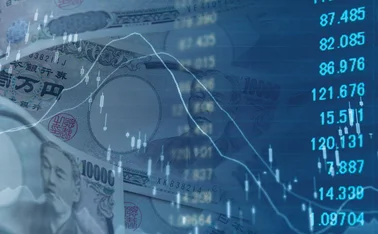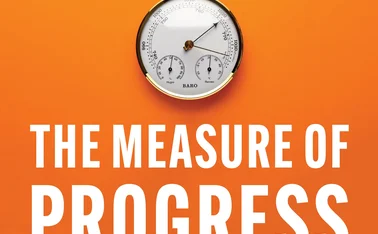
Podcast: David Vines on how to reform the DSGE model
Oxford University’s David Vines believes the New Keynesian DSGE model is salvageable – but needs work

Core economic models have come in for serious criticism since the financial crisis, but David Vines believes they are salvageable.
That said, the professor of economics at Oxford University argues the New Keynesian dynamic stochastic general equilibrium models should be supplemented with a greater plurality of models, including smaller, “toy” models that need not operate in a general equilibrium setting.
Vines spoke with Central Banking recently for the first episode of the Rewiring Macro podcast series. Many economists worldwide are working on fixing the shortcomings of the DSGE model – and a few working to bury it – and Vines recently organised the 'Rebuilding Macroeconomic Theory' project to start a conversation on what needs doing.
“DSGE models, for seeing how the world fits together, are fundamental,” Vines says. But he also stresses the need for detailed empirical models, “driven by an understanding of the data”.
Vines envisages toy models, of which the famous Diamond-Dybvig model of bank runs is an example, informing the sorts of equations that might be plugged into a DSGE model. Adding insights from other areas of macroeconomics could help solve the flaws that were laid bare by the 2008 crisis.
As the crisis showed, the absence or near-absence of financial frictions was one of the downfalls of DSGE models. Many efforts have since gone into the project of adding financial frictions to the model, and Vines’s own work has included integrating financial factors into the neutral rate of interest.
The podcast series will investigate many of these efforts in further editions. As Vines mentions at one point in the discussion, the next episode will feature the empirically minded macroeconomists John Muellbauer and David Hendry. Watch out for it in August.
Index
05.15 – The rise of Keynesianism and the response
09.45 – Can we salvage the DSGE model?
15.29 – A greater plurality of models
18.52 – DSGE as a policy model for central banks
21.48 – Agent-based modelling
26.03 – Financial frictions
29.58 – Plurality in undergraduate teaching
To hear the full interview, listen in the player above, or download. Future podcasts in our CB On Air: Rewiring Macro series will be uploaded to centalbanking.com. To browse all Central Banking podcasts, click here.
Only users who have a paid subscription or are part of a corporate subscription are able to print or copy content.
To access these options, along with all other subscription benefits, please contact info@centralbanking.com or view our subscription options here: subscriptions.centralbanking.com/subscribe
You are currently unable to print this content. Please contact info@centralbanking.com to find out more.
You are currently unable to copy this content. Please contact info@centralbanking.com to find out more.
Copyright Infopro Digital Limited. All rights reserved.
As outlined in our terms and conditions, https://www.infopro-digital.com/terms-and-conditions/subscriptions/ (point 2.4), printing is limited to a single copy.
If you would like to purchase additional rights please email info@centralbanking.com test test test
Copyright Infopro Digital Limited. All rights reserved.
You may share this content using our article tools. As outlined in our terms and conditions, https://www.infopro-digital.com/terms-and-conditions/subscriptions/ (clause 2.4), an Authorised User may only make one copy of the materials for their own personal use. You must also comply with the restrictions in clause 2.5.
If you would like to purchase additional rights please email info@centralbanking.com test test test








